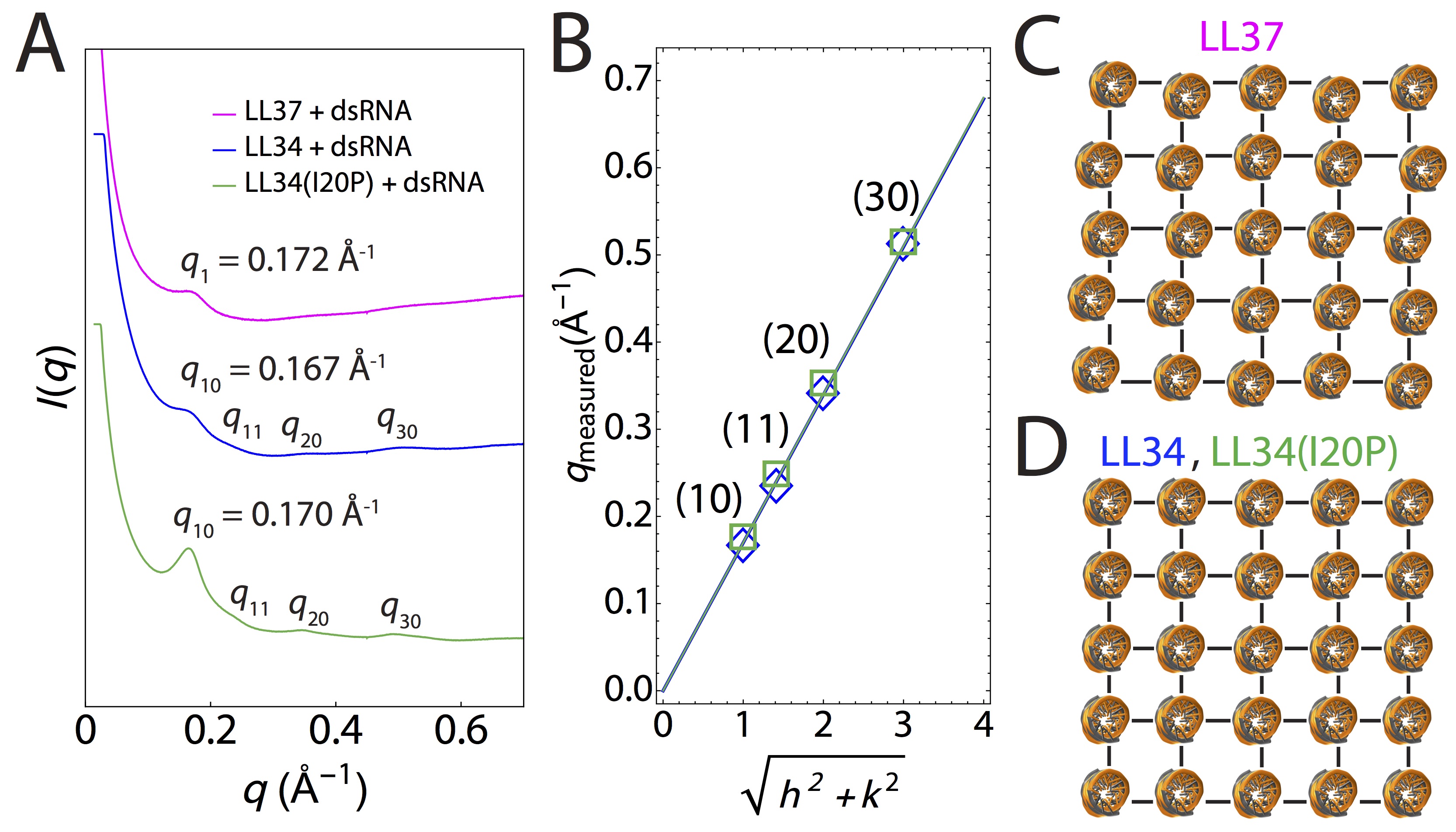 LL37-dsRNA complexes
LL37-dsRNA complexes
Cathelicidin promotes inflammation by enabling binding of self-RNA to cell surface scavenger receptors
Abstract
Under homeostatic conditions the release of self-RNA from dying cells does not promote inflammation. However, following injury or inflammatory skin diseases such as psoriasis and rosacea, expression of the cathelicidin antimicrobial peptide LL37 breaks tolerance to self-nucleic acids and triggers inflammation. Here we report that LL37 enables keratinocytes and macrophages to recognize self-non-coding U1 RNA by facilitating binding to cell surface scavenger receptors that enable recognition by nucleic acid pattern recognition receptors within the cell. The interaction of LL37 with scavenger receptors was confirmed in human psoriatic skin, and the ability of LL37 to stimulate expression of interleukin-6 and interferon-β1 was dependent on a 3-way binding interaction with scavenger receptors and subsequent clathrin-mediated endocytosis. These results demonstrate that the inflammatory activity of LL37 is mediated by a cell-surface-dependent interaction and provides important new insight into mechanisms that drive auto-inflammatory responses in the skin.